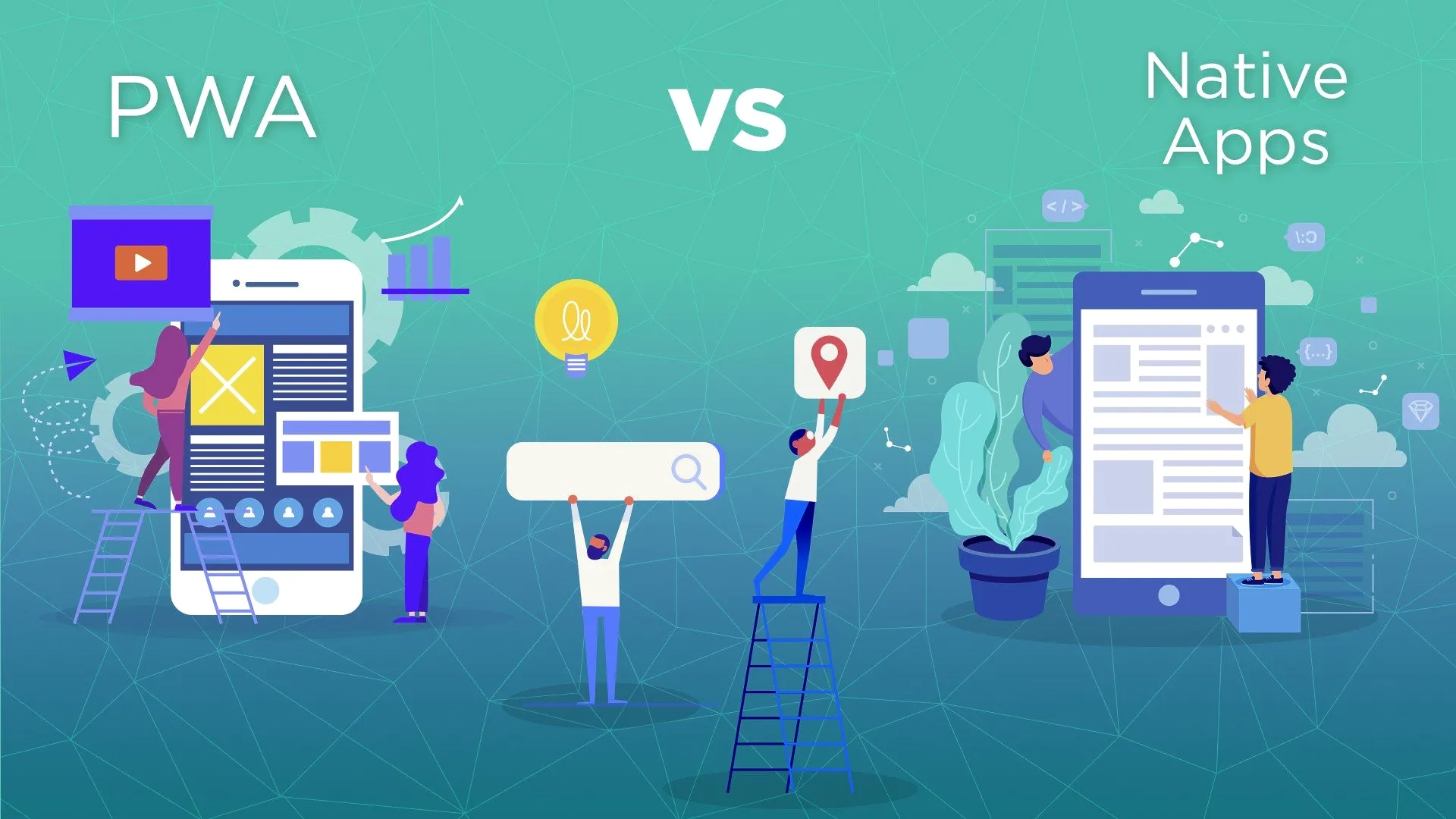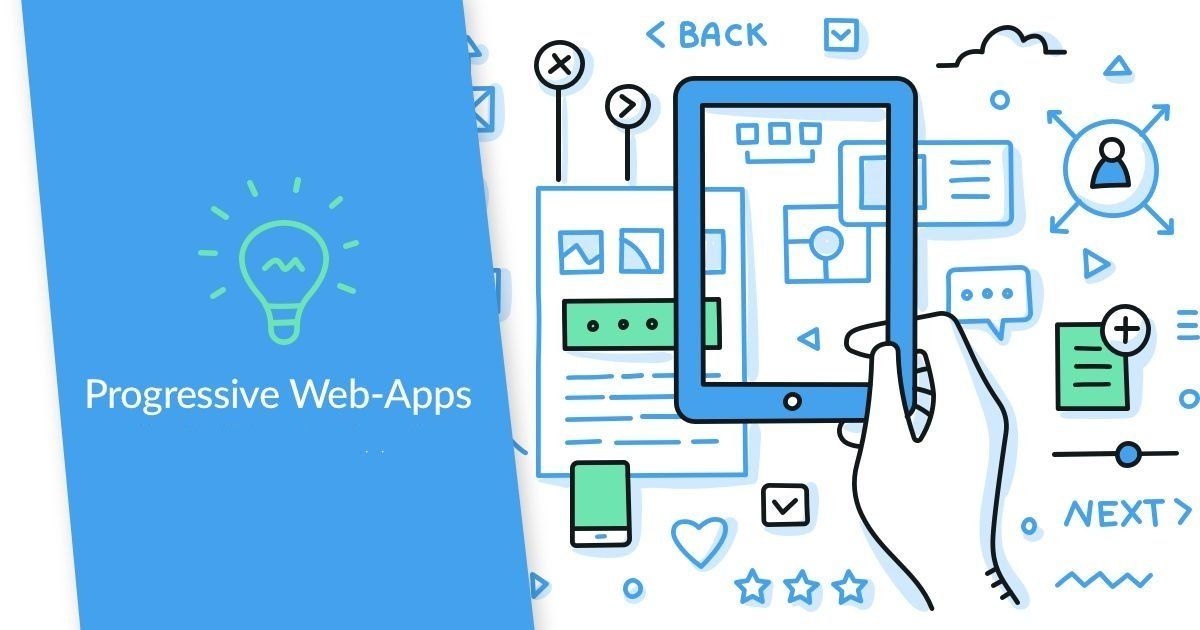PWA VS Native App? On the other hand, PWA bypasses the cumbersome App Store requirements. All the users need is a web browser and a URL. Many PWA features are supported by popular browsers such as Chrome, Safari, Firefox, and Edge. This makes it easier for your app to reach a large audience in a short time. You can easily deploy your updates without the need to wait for approval. This makes PWA much more convenient for both you and your users.
Cost of development: Lower cost for PWA .
Building a progressive web app is cheaper than developing a native app. In the case of the native app, you will have to learn the language and build a version for each platform. This means you need at least two versions for iOS and Android, and the resources to maintain and update each version. Depending on the purpose and complexity of the app, this requires a lot of time and money.
How much money?
Skipping all the factors in cost breakdown, a median price to create an app by expert agencies is $171,450, according to a Clutch survey. Online app cost calculators name a price tag between $200,000 and $350,000 for an app with dozens of features. While typical cost range stated by app development companies is $100,000 – $500,000. But no need to panic – small apps with few basic features could cost between $10,000 and $50,000, so there's an opportunity for any type of business.
While a Progressive Web Apps costs between $6,000 and $20,000, many businesses will only need the PWA – by saving over developing a website and a native application separately.



